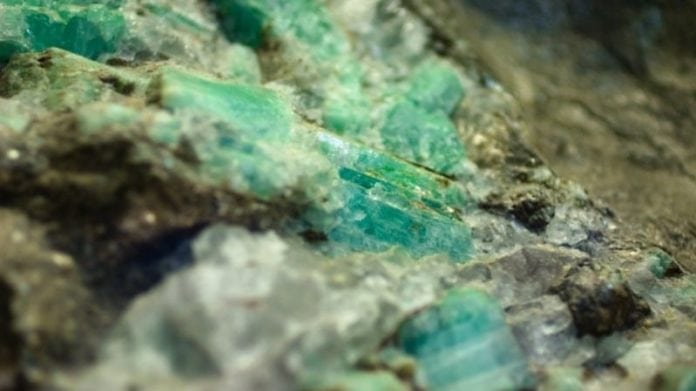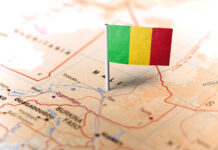
GEMFIELDS expects to report an interim loss of $24.6m (R435.8m) following disrupted emerald production and less premium rubies mined.
In a trading statement ahead of its September 27 results presentation for the six months ended June, Gemfields said it expected a stronger second half in 2025. The forecast numbers compare to a profit of $13.7m (R255.6m) at the half year stage in the previous financial year.
Sean Gilbertson, CEO of Gemfields said in notes to the trading statement it was the “utmost importance” the group now “delivers for shareholders.
“Gemfields has simplified its business, removed costs and is focused on securing profitability across the group,” Gilbertson added. Shares in Gemfields gained 3.4% in Johannesburg on Tuesday.
Gemfields needs an urgent turnaround after 18 months of underperformance. Despite its strong start in the first half of 2024, it ended the year with an operating loss of $97.9m (2023: $17.4m profit) and a net loss of $100.8m ($2.8m loss).
For the period under review, average ruby values mined at Montepuez, Gemfields’ mine in Mozambique, declined. “Nature is no supermarket,” said Gilbertson commenting on the occurrence of less high value rubies.
At Kagem, an emerald mine in Zambia, Gemfields stopped production during the period following the twin effects of oversupply from a local rival and a shock reimposition of a 15% export duty by the Zambian government, since revoked.
As emerald production only restarted in the second quarter of the year and given the underperformance at Montepuez, total auction revenues for the period were $60m, significantly lower than the same period in 2024.
However, pricing and demand “provided some encouragement”, said Gemfields in its trading statement. Commissioning of a second plant at Montepuez should also improve volumes and generate more cash.
The group has been recapitalised following a $30m rights offer, completed during the period under review and the recent agreement to sell its Fabergé brand for $50m. Of this amount $44.7m has been received with the balance due via quarterly royalty payments.
“Both transactions [rights issue and sale of Fabergé] improved the group’s liquidity and working capital position,” said Gemfields.











